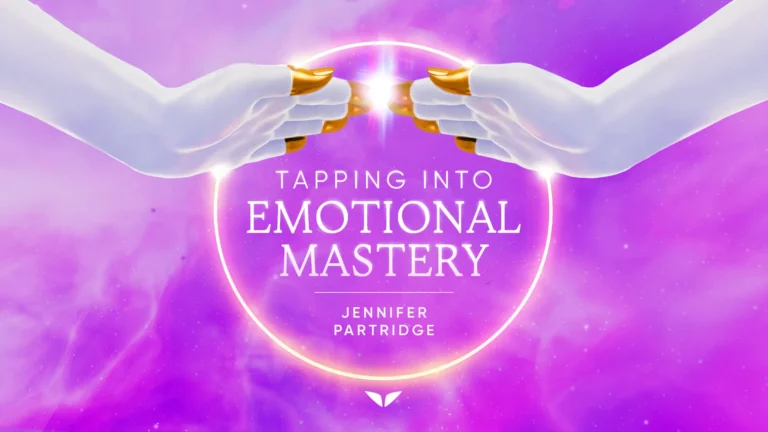Explore how to use the power of the mind, meditate, and master your emotions. Discover stories from top experts: Vishen, Jim Kwik, Marisa Peer, and more.




Read the articles inspired by our trainers and based on their extensive expertise
Mindvalley is committed to providing reliable and trustworthy content.
We rely heavily on evidence-based sources, including peer-reviewed studies and insights from recognized experts in various personal growth fields. Our goal is to keep the information we share both current and factual.
To learn more about our dedication to reliable reporting, you can read our detailed editorial standards.